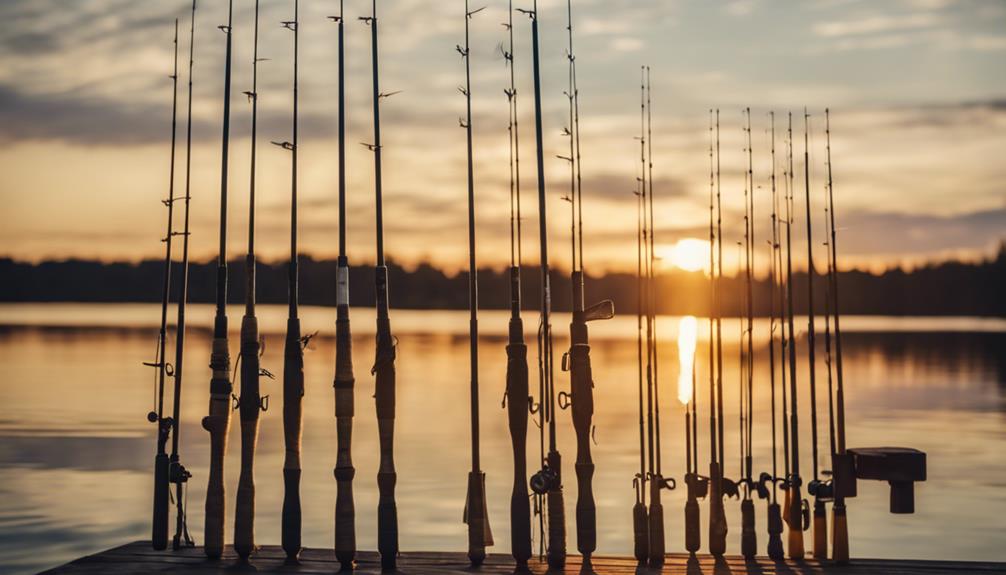Understanding Midge Fly Fishing: An Overview
Midge fly fishing is a unique and rewarding angling experience that focuses on targeting one of the smallest yet most abundant food sources in freshwater ecosystems—midges. These tiny insects belong to the Chironomidae family and are prevalent in rivers, lakes, and ponds throughout the world. They are often mistaken for mosquitoes due to their similar appearance but are harmless to humans. Anglers who master the art of midge fly fishing can enjoy exceptional catch rates, particularly during cold weather when many other insects are inactive. Understanding the lifecycle of midges and their behavior will greatly enhance your chances of success on the water.
Why Midge Patterns are Essential in Your Fly Box
When it comes to midge fly fishing, having a variety of midge patterns in your fly box is crucial. Midges can be found in various life stages, including larvae, pupae, and adults, each offering different opportunities for anglers. Common midge patterns include the Griffith’s Gnat, Zebra Midge, and the Blood Midge. These flies imitate the different life stages effectively, mimicking the natural presentation of midges in the water.
Additionally, midge patterns are typically small, often ranging from size 18 to 28, allowing for subtle presentations that can deceive even the most cautious fish. Having a diverse selection of these patterns can help you adapt to changing conditions and fish preferences, increasing your chances of landing that trophy trout.
Timing and Location: When and Where to Fish for Midges
Successful midge fly fishing requires a keen understanding of timing and location. Midges are most active during the warmer months, but they can be found year-round, especially in spring and fall. Early mornings and late afternoons are prime times for midge activity, when the air temperature rises slightly, encouraging hatching.
In terms of location, focus on still waters like lakes and ponds, as well as slow-moving rivers and streams where midge larvae are abundant. Look for areas with minimal current, such as back eddies, shallow flats, or near the surface where midges congregate. By targeting these areas at the right times, you can maximize your chances of a successful midge fly fishing outing.
Essential Gear for Midge Fly Fishing
To effectively engage in midge fly fishing, having the right gear is essential. A lightweight rod, typically in the 3-5 weight range, is ideal for presenting small flies delicately on the water’s surface. A reel with a smooth drag system will help manage the fight of a larger fish without damaging your tippet.
Additionally, using a fine tippet, often ranging from 6X to 8X, allows for better presentation and reduces the visibility of your line to fish. When it comes to leaders, a long, tapered leader can help improve your casting accuracy and control. Lastly, don’t forget a good pair of polarized sunglasses to help you spot fish and see the underwater structures where midges are likely to thrive.
Techniques for Effective Midge Fly Fishing
Midge fly fishing involves a variety of techniques that can enhance your success on the water. One of the most effective methods is to use a technique called “dead drifting.” This involves allowing your midge pattern to flow naturally with the current, mimicking the movement of real midges.
Another popular technique is to use a two-fly rig, where a midge pattern is suspended below a larger indicator fly. This allows you to fish at different depths and increases the chances of attracting fish that may be feeding on midges at various levels in the water column. Lastly, consider using a slow retrieve when fishing pupae patterns, as this mimics the rising motion of midges moving towards the surface.
Reading Water: Finding Midge Feeding Zones
To become proficient in midge fly fishing, learning how to read the water is essential. Look for surface activity such as rising fish, which indicates that they are feeding on midges. Additionally, pay attention to the water’s structure; fish often congregate near rocks, logs, or vegetation where midges are likely to be abundant.
In still waters, observe the wind direction, as it can influence where midges accumulate. Wind can create ripples on the surface, reducing fish visibility, but it can also push midges towards the shore, creating ideal feeding zones. By understanding how to read water and identify these feeding zones, you can significantly improve your midge fly fishing success.
Common Mistakes to Avoid in Midge Fly Fishing
Even experienced anglers can fall prey to common mistakes in midge fly fishing that can hinder their success. One of the most significant errors is using flies that are too large; remember, midges are tiny, and presenting a fly that is oversized can turn fish away.
Another mistake is neglecting to observe the hatch. Pay attention to the size and color of the midges hatching in your area, as this can help you select the most effective patterns. Additionally, be mindful of your casting technique; a gentle, delicate presentation is crucial when fishing with small midge patterns to avoid spooking fish. By avoiding these common pitfalls, you can enhance your overall effectiveness in midge fly fishing.
Conclusion: Mastering the Art of Midge Fly Fishing
Midge fly fishing is an incredibly rewarding and strategic pursuit that offers anglers the chance to connect with nature while honing their skills. By understanding the essentials of midge behavior, utilizing the right gear, and mastering effective techniques, you can significantly improve your chances of success on the water.
Whether you’re a seasoned angler or just starting, incorporating midge patterns into your fly box and focusing on timing, location, and presentation will ensure that you are well-prepared for your next fishing adventure. So grab your gear, head to your favorite fishing spot, and enjoy the thrill of midge fly fishing—where patience and precision lead to unforgettable experiences and successful catches.
